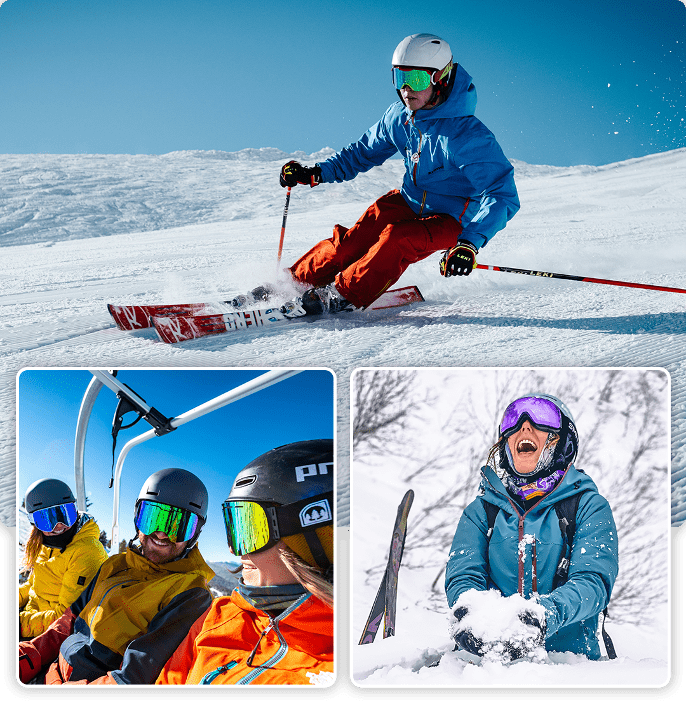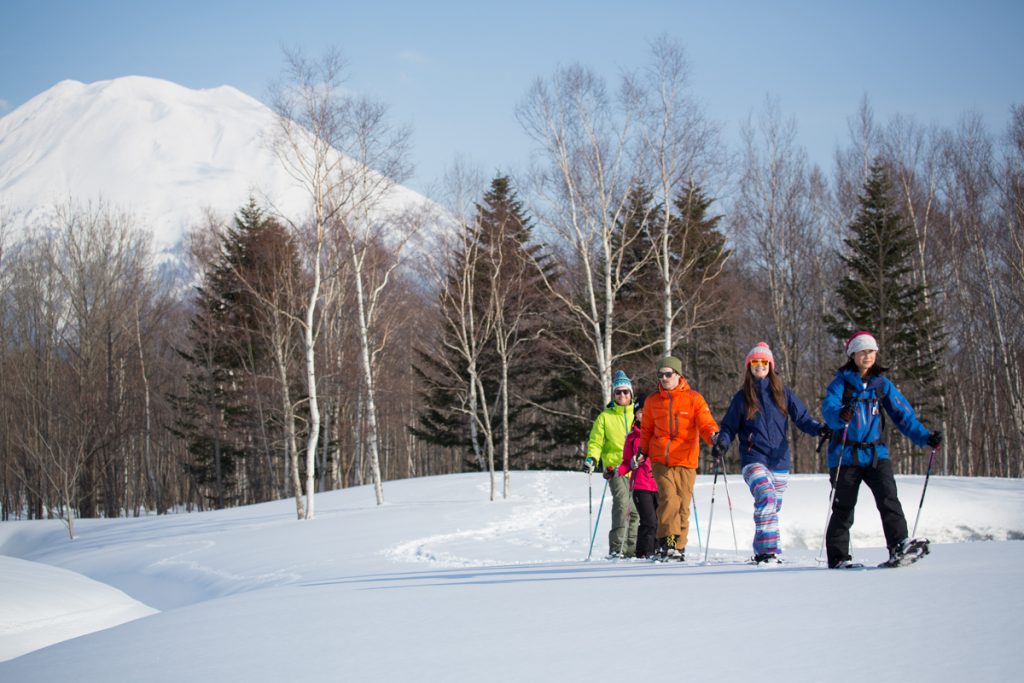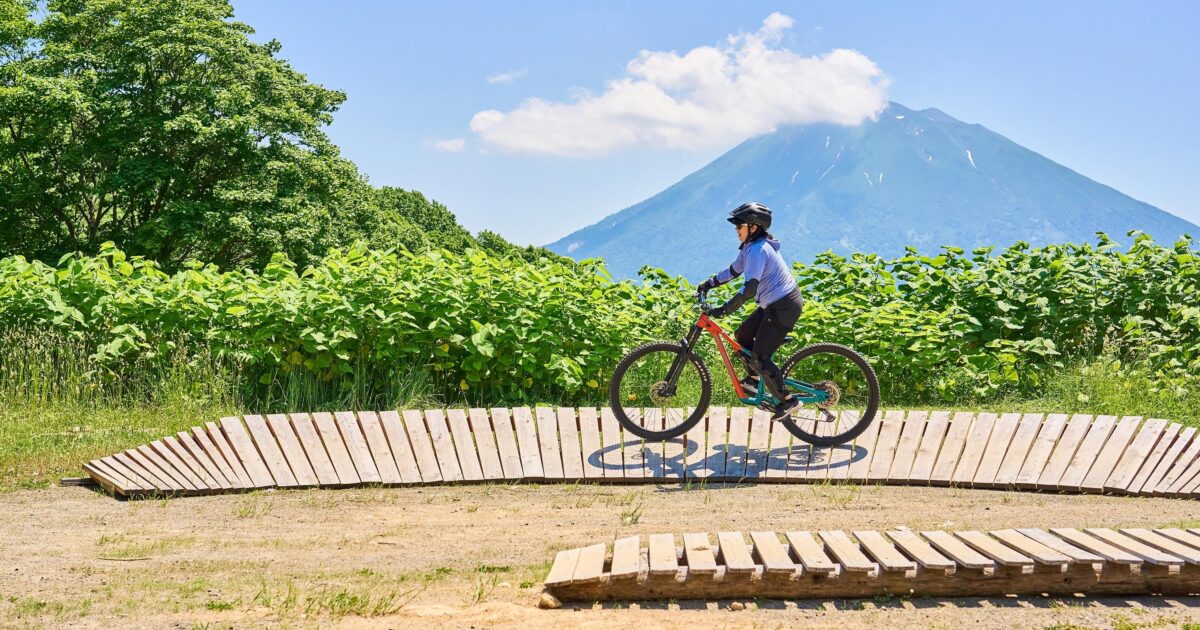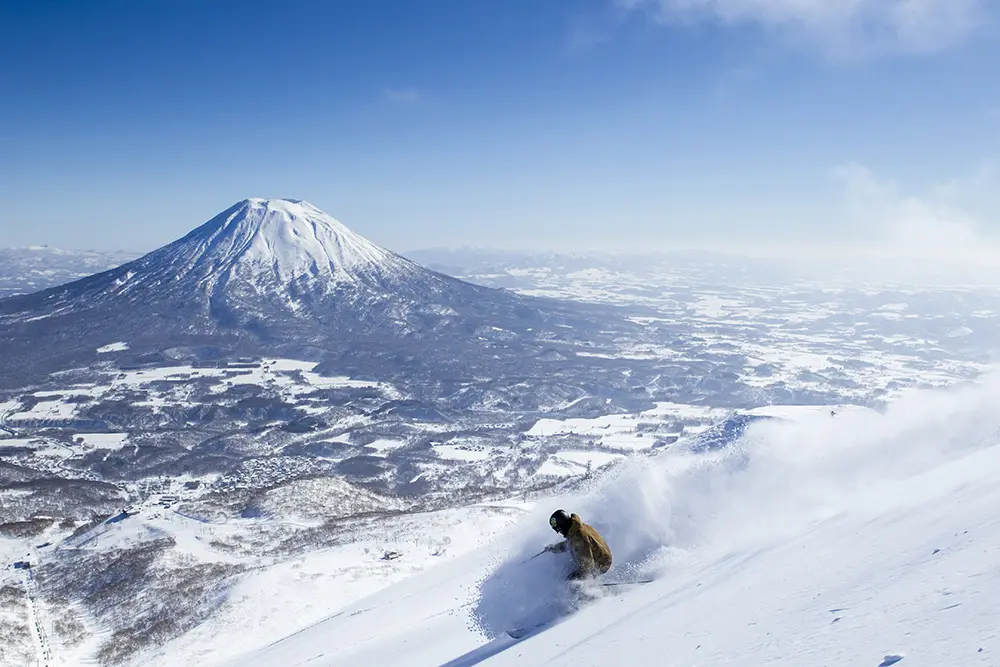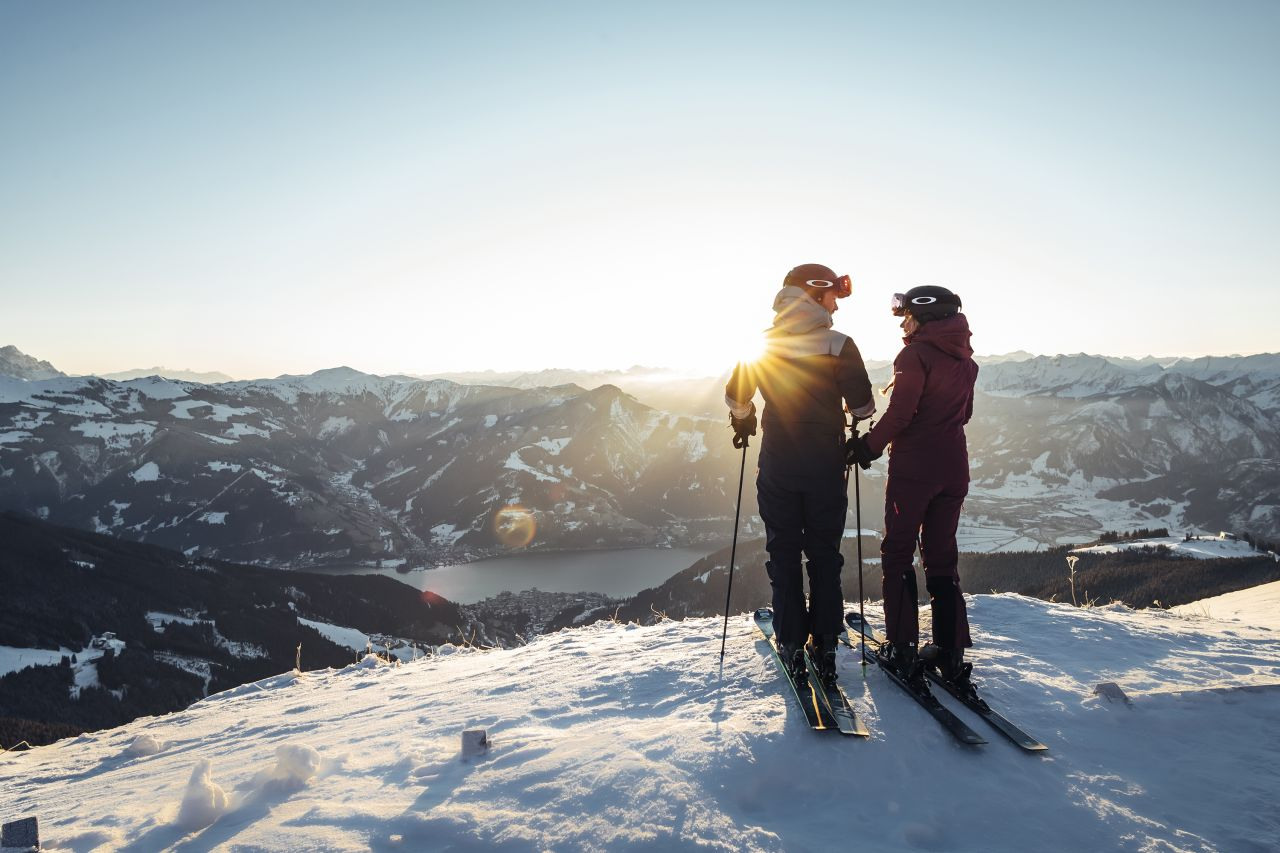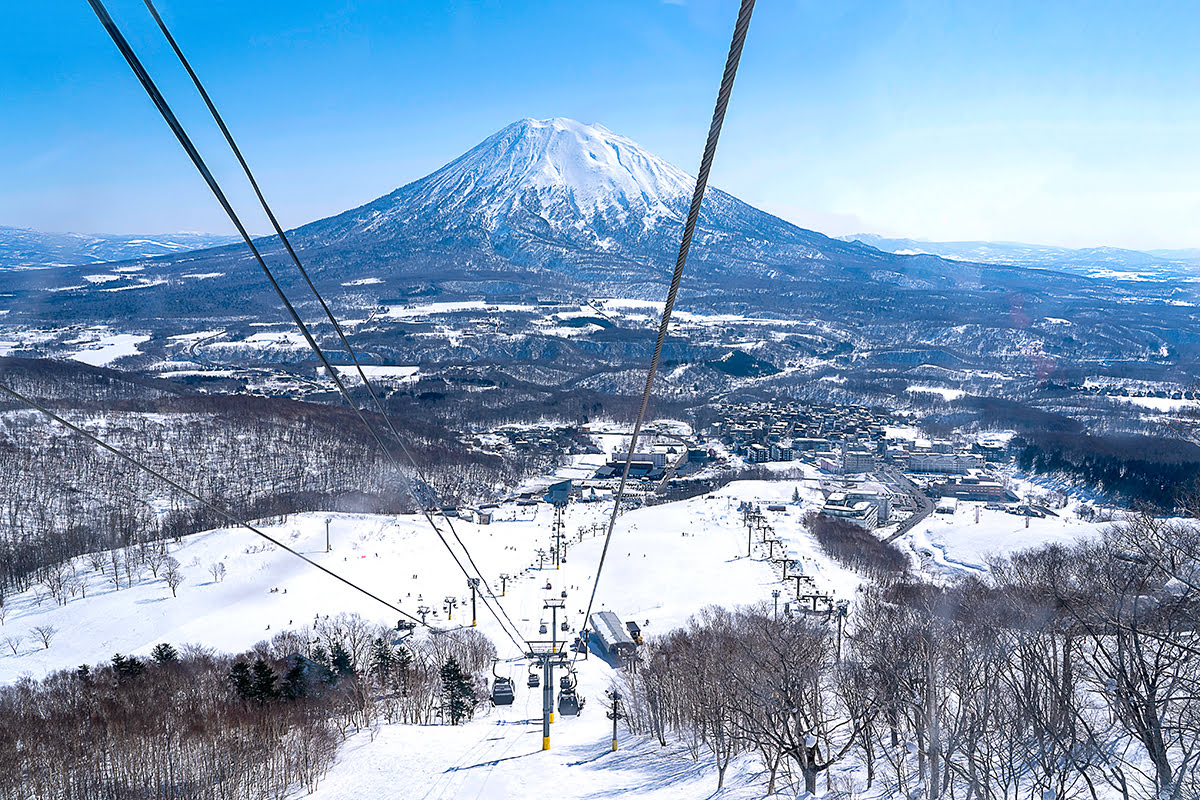
For decades, American winter travel has followed familiar paths. Aspen. Vail. Whistler. Occasionally, the Alps. Asia rarely enters the picture. Yet quietly, that pattern is shifting.
More Americans are now crossing the Pacific to a small mountain town in northern Japan called Niseko. They arrive with curiosity. They leave with a sense of surprise, and many begin planning their return before they even unpack.
Niseko does not feel like a typical ski destination. It feels like a discovery. A place where world-class snow meets deep-rooted culture, exceptional food, and a slower, more intentional way of travelling.
Why is Niseko suddenly capturing American attention?
The rise of Niseko reflects a larger change in how Americans choose to travel.
People are no longer satisfied with places that look and feel the same. There is a growing desire for destinations that feel distinct, memorable, and meaningful. Japan has seen a strong rise in tourism in recent years, and American travellers are an important part of that momentum.
Niseko sits on Hokkaido, Japan’s northern island. For a long time, it was known mainly among serious skiers. What has changed is the audience. Couples, families, first-time skiers, and experience-driven travellers are now paying attention.
They are not coming only for the slopes. They are coming for the feeling of being somewhere truly different. The snow that turns first visits into lifelong loyalty.
Snow is often the first reason people hear about Niseko.
The region receives roughly 14 to 15 metres of snowfall each winter, placing it among the snowiest destinations in the world. But what makes Niseko special is not just how much snow falls. It is how it feels. Light. Dry. Soft. Reliable.
Storms arrive regularly. Fresh snow becomes part of daily life rather than a rare event. For American travellers used to checking forecasts and hoping for the right conditions, this consistency changes everything. It removes uncertainty and builds confidence. It makes the long journey feel entirely worthwhile.
Many visitors say the same thing after their first trip. The snow alone would have justified the visit. Everything else simply deepens the experience.
A destination that offers more than skiing
What truly sets Niseko apart is what happens after the ski day ends.
In many mountain towns, skiing dominates the entire experience. In Niseko, it is only one part of a broader rhythm. As the lifts close, the pace softens. Ski gear is packed away. Warm interiors invite rest. For many visitors, the highlight becomes the onsen, Japan’s natural hot spring baths.
Soaking in an onsen after a cold day on the mountain is not treated as a luxury. It is a ritual. A way to recover, reflect, and slow the body and mind. For Americans accustomed to busy resort towns and packed schedules, this sense of calm feels unexpected. And deeply refreshing.
Food that stays with you long after the trip ends
Another reason Niseko leaves such a strong impression is the food.
Meals here are never rushed. Even the simplest dishes are prepared with care and intention. Warm, nourishing bowls. Fresh seafood. Seasonal ingredients that reflect the region.
You do not need reservations or formality to eat well. Casual meals feel comforting and memorable. Dinner becomes something people talk about the next morning while riding the lift. In many ski destinations, food is an afterthought or an expense to manage. In Niseko, it becomes part of the story people take home.
A refined sense of luxury that feels natural
Over the years, Niseko has evolved. Thoughtfully designed stays, refined interiors, and high-quality service have drawn a more global audience. Yet the town has managed to grow without losing its soul.
Japanese hospitality remains at the heart of the experience. Service is attentive but never intrusive. Luxury feels calm rather than showy. Everything stays grounded in place and culture.
This approach is reflected in places like Aspect Niseko, where design, space, and quiet comfort are prioritised over excess. It offers a refined base that feels intentional rather than indulgent, allowing guests to enjoy the mountains by day and unwind in a setting that respects both place and pace.
For Americans who value comfort but prefer authenticity over excess, this balance feels effortless and deeply appealing.
Why does Niseko still feel like a secret?
There is an interesting paradox at play. Within ski communities, Niseko is well known. Yet for many Americans, it still feels undiscovered.
- The distance naturally filters the crowds.
- The unfamiliar geography keeps it from becoming mainstream.
- The cultural difference ensures it never feels like just another resort town.
People who visit often speak about Niseko quietly. Like something special they are happy to share, but not overexpose. In a world where most destinations are endlessly documented, that sense of discovery feels rare and powerful.
What Americans should know before planning a trip?
Despite the distance, Niseko is easier to reach than many expect.
- Most travellers fly into Tokyo, then continue on a domestic flight to New Chitose Airport near Sapporo. From there, transfers to Niseko are smooth and well organised.
- Mid-winter offers the most reliable snow conditions. Flights, ski lessons, and accommodation should be booked early during peak periods.
- Packing thoughtfully matters. Warm layers, good gloves, and face protection make a difference. The snow may be soft, but the winter climate is real.
- Once you arrive, everything falls into place naturally. The experience feels intuitive and welcoming rather than complicated.
Why Niseko speaks to the modern American traveller?
Niseko appeals to people who want more than a checklist holiday. It suits travellers who seek adventure without chaos. Comfort without excess and culture that does not seem overwhelming.
It is a place where you ski hard, eat well, rest deeply, and return home feeling enriched rather than exhausted. That is why Americans are now talking about Niseko quietly, thoughtfully and with genuine affection.
FAQs
Is Niseko only for expert skiers?
No. Niseko is suitable for all levels. Beginners and intermediate skiers benefit from wide runs, reliable snow, and strong ski schools, while advanced skiers enjoy deep powder and off-piste terrain.
When is the best time to visit Niseko?
January and February are the most reliable months for fresh powder. December and March also offer excellent conditions with fewer crowds and a slightly different winter feel.
How do Americans usually get to Niseko?
Most travellers fly into Tokyo first, then take a domestic flight to New Chitose Airport near Sapporo. From there, Niseko is reached by a well-organised transfer.
Is Niseko expensive compared to US ski resorts?
Niseko can be comparable in accommodation costs during peak season, but many visitors find better overall value due to food quality, snow reliability, and the depth of the experience.

